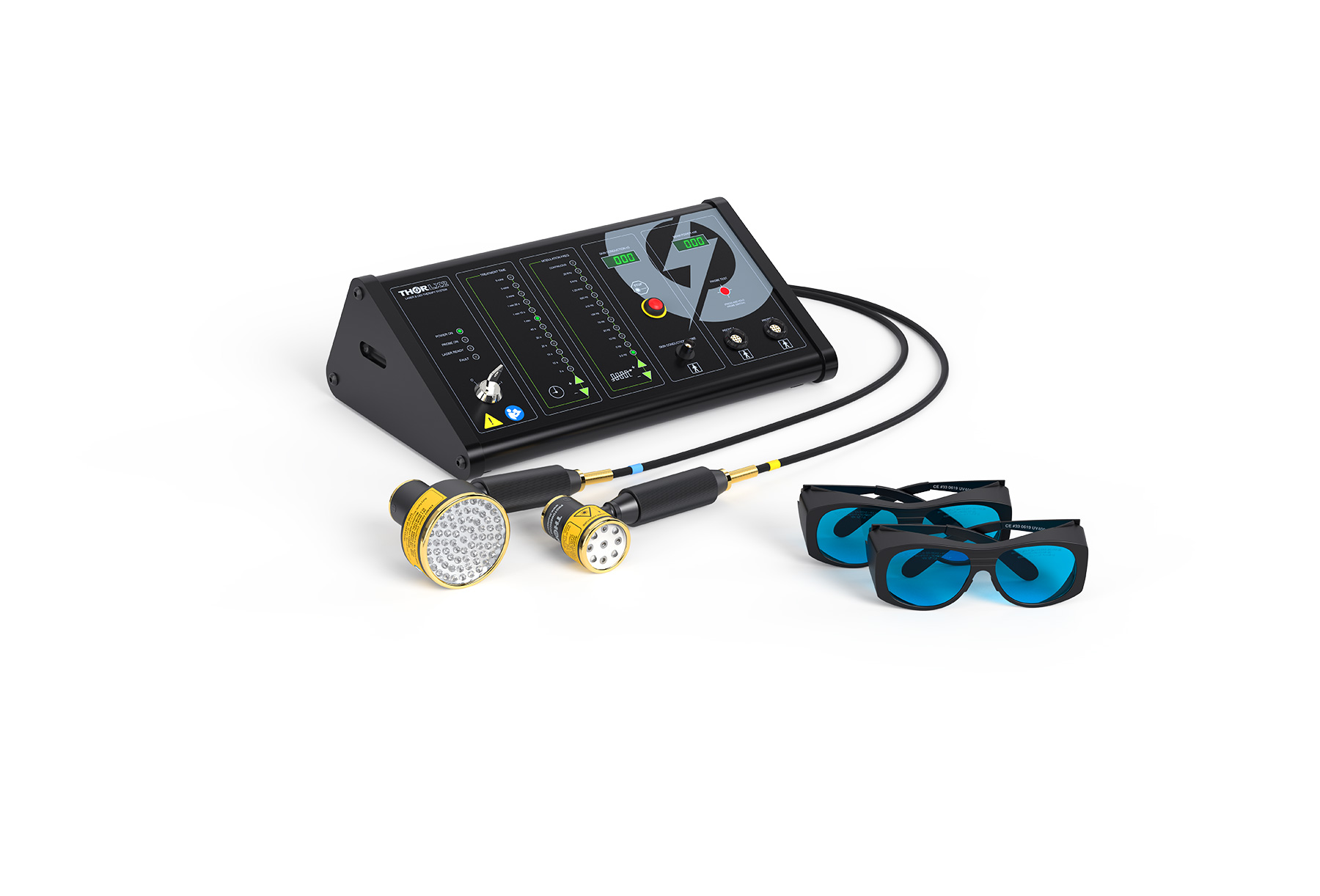The Best Strategy To Use For Photobiomodulation
Wiki Article
Not known Incorrect Statements About Photobiomodulation
Table of ContentsAn Unbiased View of Photobiomodulation5 Simple Techniques For Photobiomodulation9 Simple Techniques For PhotobiomodulationAll About Photobiomodulation
Laser therapy is a clinical therapy that uses concentrated light to promote a process called. Throughout PBM, photons enter the cells and engage with the cytochrome c complicated within mitochondria. This interaction causes an organic cascade of occasions that results in a rise in cellular metabolic rate, which can as well as increase the recovery procedure.There is consensus that the application of a healing dose of light to damaged or dysfunctional cells results in a mobile reaction moderated by mitochondrial mechanisms. Photobiomodulation. Research studies have actually shown that these adjustments can impact discomfort and inflammation, in addition to, cells repair
Adjustments in ATP, reactive oxygen types and nitric oxide adhere to light absorption by Cc, O. These effects are redox state and dosage reliant. In hypoxic or otherwise stressed out cells it has actually been revealed sometimes that complying with, nitric oxide is launched, ATP is increased and oxidative tension is lowered [27-31]

Photobiomodulation Things To Know Before You Get This
PBM gadgets have actually been gotten rid of for marketing by FDA via the Premarket Notification/510( k) procedure as adjunctive devices for the short-term alleviation of pain. These clearances were based upon the presentation of professional data to support such claims (Photobiomodulation). In this therapy, a light resource is placed near or in contact with the skin, permitting the light energy (photons) to pass through tissue where it communicates with chromophores located in cells leading to photophysical and photochemical adjustments that result in modifications at the molecular, mobile and tissue levels of the bodySurprisingly, recent research study shows that light can enhance performance in typical cells and cells. The possible applications of PBMT are numerous and are being checked out experimentally at the fundamental scientific research, pre-clinical and professional level. The current scientific usages are for the alleviation of pain and inflammation and the treatment of sporting activities injuries.

The therapy specifications and number of sessions required for PBMT depend on place and cause. PBMT generally needs more than one therapy for optimal discomfort relief. It might take numerous treatments for the results to end up being apparent. records that it can take anywhere from eight to 30 sessions for a therapy to be completely reliable, and some individuals find it necessary to undertake treatment 2 to four times each week.
The Single Strategy To Use For Photobiomodulation
Therapy specifications for PBMT were originally established using cells in vitro read more and in small pet designs. These treatment specifications typically had a low irradiance and fluence and worked well for cutaneous applications. However when clinicians began to use PBMT to deal with frameworks that were situated much deeper in the body, they used these specifications with negative results.
We currently comprehend that these negative research studies was because of inaccurate tool and treatment parameters for transcutaneous therapy of much deeper structures. Current developments in laser treatment devices and more study into the appropriate does have drastically enhanced the results of PBMT. For dealing with deep cells, the wavelength of light used establishes the depth of infiltration right into a cells.
It is vital that a clinician uses the appropriate wavelength of light and parameters to treat a condition. One wavelength and one collection of therapy criteria will certainly not be reliable for all problems. Adverse side effects have actually not been reported from Our site the usage of PBMT.
Some Known Questions About Photobiomodulation.
In the first experiment, Dr. Endre Mester, made use of shaved rats and observing just their explanation how the laser affected their capability to grow hair contrasted to the group that was not getting LLLT. He found that the team of computer mice obtaining LLLT had the ability to expand their hair back quicker than the team of computer mice that really did not obtain LLLT (Hoon C, et alia; 2012).This treatment is termed in this manner to distinguish the distinction between the lasers some careers utilize to reduce (eg. in surgical procedures, or dental treatments). Low-level light therapy is pain-free, non-invasive therapy. It is utilized to lower inflammation, swelling, and persistent joint disorders, minimize discomfort and accelerate injury healing of nerves and tissues (Hoon C, et alia; 2012).
LLLT has a biphasic action, meaning that lower doses are usually seen to be much more advantageous than greater dosages. That being said, doses higher or less than the optimum dosage doesn't impact (Hoon C, et alia; 2012). For this factor, it can be difficult to have research studies on LLLT with numerous parameters.
Some business integrated both (LED and laser) to provide an extra all-around therapy because lasers can permeate much deeper than LED and infrared light (Norman Doidge, The Brain's Way of Healing, 2015). During treatment, the location that is being treated is exposed to LED light from a Bio, Flex Laser, which goes to 660 nm wavelength, adhered to by infrared light at 830-840 nm wavelength.
Report this wiki page